Filter News
Area of Research
- (-) Biological Systems (18)
- (-) Geographic Information Science and Technology (3)
- Advanced Manufacturing (34)
- Biology and Environment (177)
- Biology and Soft Matter (5)
- Building Technologies (12)
- Chemical and Engineering Materials (4)
- Chemistry and Physics at Interfaces (11)
- Clean Energy (522)
- Climate and Environmental Systems (14)
- Computational Biology (6)
- Computational Chemistry (5)
- Computational Engineering (5)
- Computer Science (19)
- Data (1)
- Earth Sciences (1)
- Electricity and Smart Grid (3)
- Energy Frontier Research Centers (14)
- Energy Sciences (5)
- Fossil Energy (3)
- Fuel Cycle Science and Technology (3)
- Functional Materials for Energy (16)
- Fusion and Fission (54)
- Fusion Energy (17)
- Isotope Development and Production (3)
- Isotopes (35)
- Materials (433)
- Materials Characterization (2)
- Materials for Computing (36)
- Materials Synthesis from Atoms to Systems (13)
- Materials Under Extremes (12)
- Mathematics (1)
- National Security (79)
- Neutron Data Analysis and Visualization (4)
- Neutron Science (190)
- Nuclear Science and Technology (74)
- Nuclear Systems Modeling, Simulation and Validation (3)
- Nuclear Systems Technology (1)
- Quantum Condensed Matter (4)
- Quantum information Science (9)
- Reactor Technology (1)
- Renewable Energy (4)
- Sensors and Controls (5)
- Supercomputing (311)
- Transportation Systems (11)
News Topics
Media Contacts
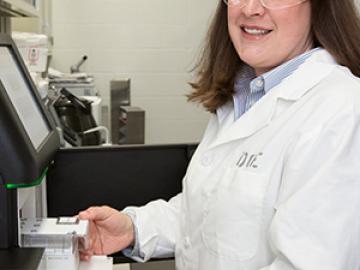
Scientists focused on producing biofuels more efficiently have a new powerful dataset to help them study the DNA of microbes that fuel bioconversion and other processes.

Researchers at the Department of Energy’s Oak Ridge National Laboratory have developed a population distribution model that provides unprecedented county-level predictions of where people will live in the U.S. in the coming decades.

Dr. Michael Simpson, Oak Ridge National Laboratory Corporate Fellow and Group Leader of the Nanofabrication Research Laboratory Group in the Center for Nanophase Materials Sciences (CNMS) at ORNL, has been appointed the next director of the UT-ORNL Joint Institute for Biological Sciences (JIBS). This appointment is in addition to his role at CNMS.
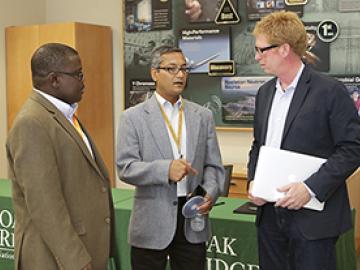
Knoxville-based Fiveworx has licensed an Oak Ridge National Laboratory technology that will help consumers reduce their utility bills by analyzing their home energy usage.
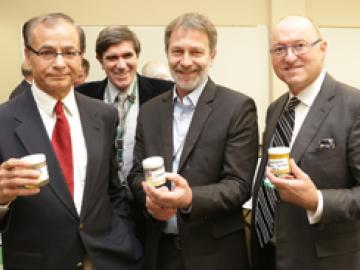
Vertimass LLC, a California-based start-up company, has licensed an Oak Ridge National Laboratory technology that directly converts ethanol into a hydrocarbon blend-stock for use in transportation fuels.
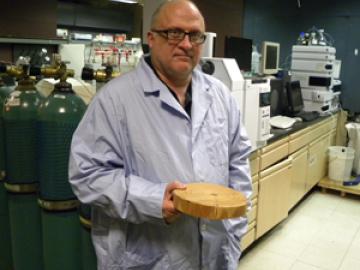
Arthur Ragauskas, an authority in bioenergy, has been named a University of Tennessee–Oak Ridge National Laboratory Governor’s Chair.

The associate laboratory director for Energy and Environmental Sciences (EES) at the Department of Energy’s Oak Ridge National Laboratory and two University of Tennessee-ORNL Governor’s Chair researchers are among the newly elected fellows of the American Associa...
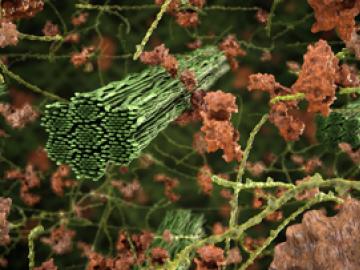
ORNL study uses neutron scattering, supercomputing to demystify forces at play in biofuel production
Researchers studying more effective ways to convert woody plant matter into biofuels at the Department of Energy's Oak Ridge National Laboratory have identified fundamental forces that change plant structures during pretreatment processes used in the
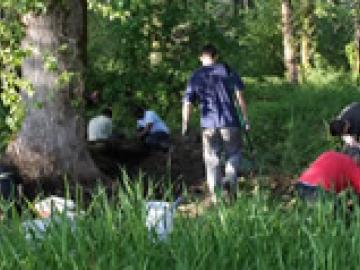
The ability to make plants grow stronger and more quickly is a key goal in the effort to develop better biofuels and better understand plant efficiency.
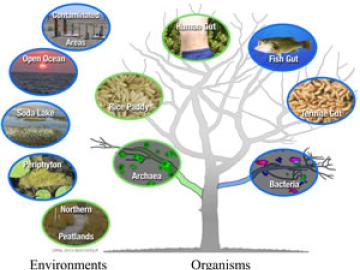
Microbes that live in rice paddies, northern peat bogs and other previously unexpected environments are among the bacteria that can generate highly toxic methylmercury, researchers at Oak Ridge National Laboratory and the Smithsonian Environmental Research Center have learned.




